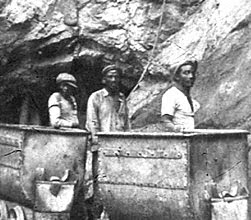A few weeks ago, I wrote about my great great uncle
Paul Ransom who wrote the “
History of the Ransom Family.” The pamphlet was based on the stories he heard from his parents, paternal grandfather (Joseph Ransom, Sr.) and maternal grandmother’s (Jane King) experiences during slavery and post-emancipation. I have read the pamphlet numerous times since I first received it in the early 1990s. However, upon reading it again about a month ago this passage regarding my great great great grandfather’s sister being sold caught my attention “His sister Betsy was sold during slavery to a family in Clay County, Indiana. She was last heard of by the name Betsy Harris.” I began to wonder what happened to Aunt Betsy. Who was the Indiana Family who purchased her? Did she ever reconnect with her family?

To answer these questions, I began examining the U.S. Population Census for Clay County, Indiana in search of a Betsy Harris with a birthplace in Virginia. I examined the 1870 and 1880 censuses but I was unable to locate anyone named Betsy Harris. However, in 1900, I did locate a Betsey Harris enumerated with her son Edward Harris in Brazil, Clay County, Indiana. Betsey birth date was estimated to be about 1847 and her son was listed as 1873. Both were listed as being born in Virginia. Betsey was listed as having 18 children but only 8 were alive in 1900. This discovery was a possible lead, so I decided to try and locate this Betsey Harris and her son Edward in the 1880 census in Virginia. In the 1880 Census, I located sixteen Betsy Harris and there was only one who was enumerated in a household with an Edward. Because the 1880—1930 censuses only shows relationship to the head of household, I am unable to determine if Betsy is the mother of Edward. They were located in Dover, Goochland County, Virginia. The household consisted of the following:
1. Isham Harris, age 50, born in Virginia, as were his parents
2. Betsy, wife, age 36, born in Virginia, as were her parents
3. Emily J, daughter, age 12, born in Virginia
4. Lea Anna, daughter, age 10, born in Virginia
5. Lucy Gay, daughter, age 9, born in Virginia
6. Edward, son, age 5, born in Virginia
7. Jearry, son, age 3, born in Virginia
In the 1870 Census, I located a family in Dover, Goochland County, Virginia who I believe is the same family due to the variations of the name Isom for Isham; the usage of Elizabeth instead of the nickname Betsy; and the listing of an Emily who is listed in both censuses.
1. Isom Harris, age 48, born in Virginia
2. Elizabeth, age 45, born in Virginia
3. Matilda, age 17, born in Virginia
4. Fannie, age15, born in Virginia
5. Isom, age 14, born in Virginia
6. Josephine, age 12, born in Virginia
7. Delia, age 10, born in Virginia
8. George W., age 8, born in Virginia
9. Emely J., age 2, born in Virginia
10. Lenah, age 4/12, born in Virginia
My gut instinct is telling me that this is the right Betsy that I initially found in Clay County, Indiana, however I would need to conduct additional research to determine if she is my great great great grandfather’s sister.
























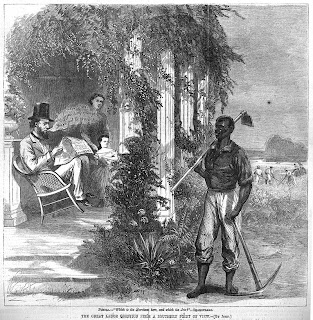
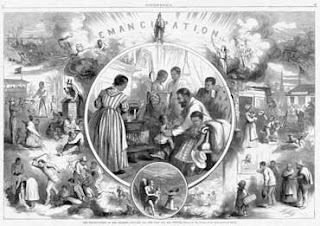





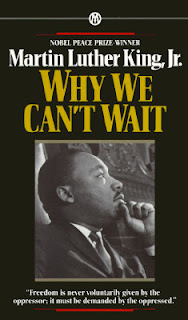



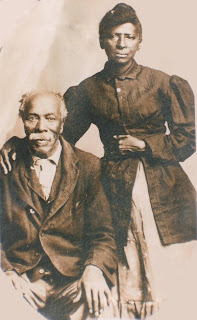

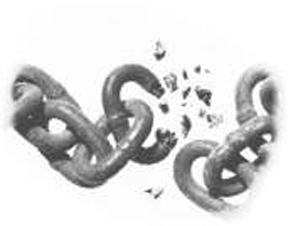


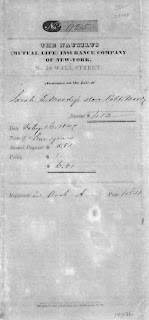.jpg)

